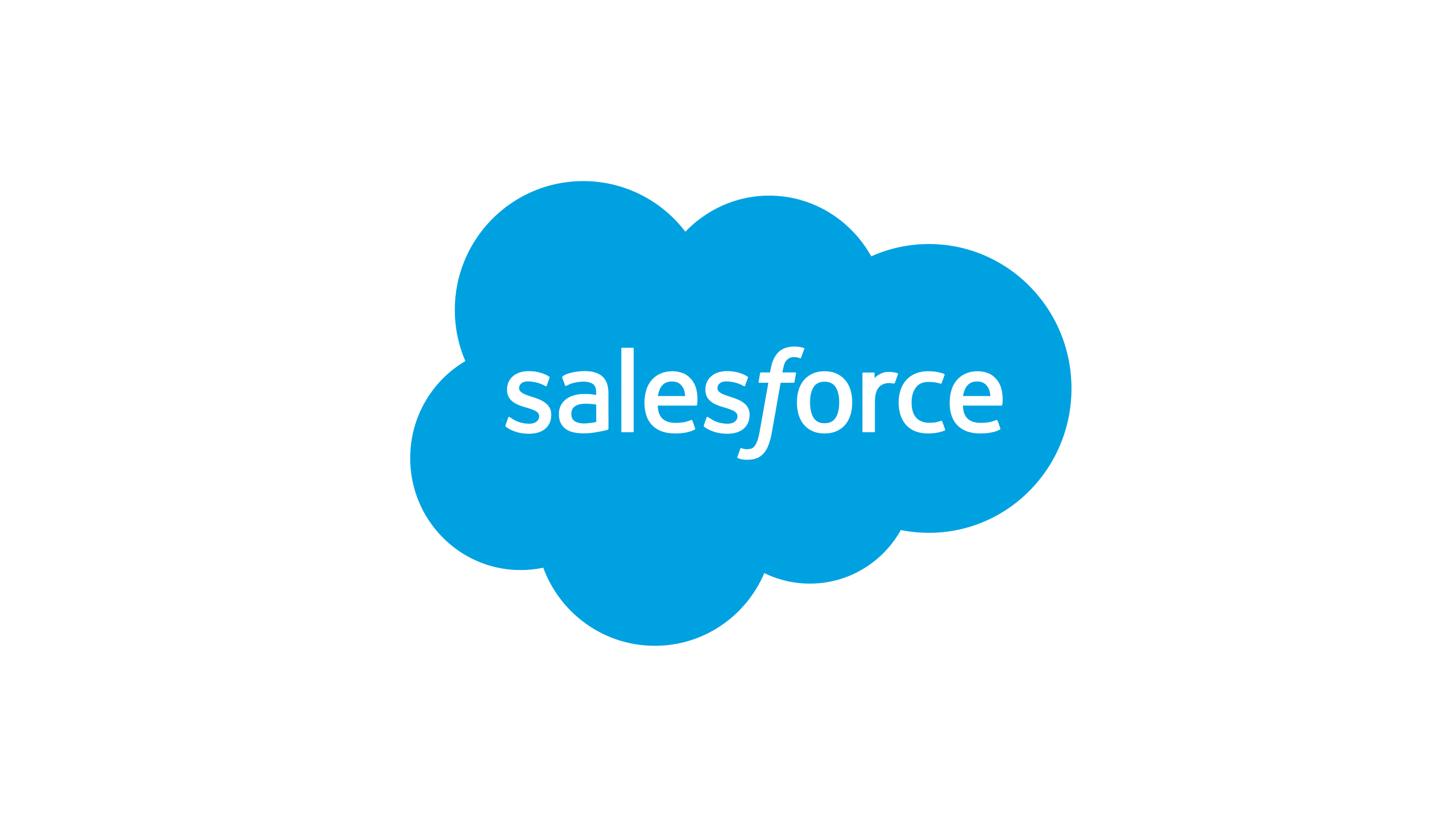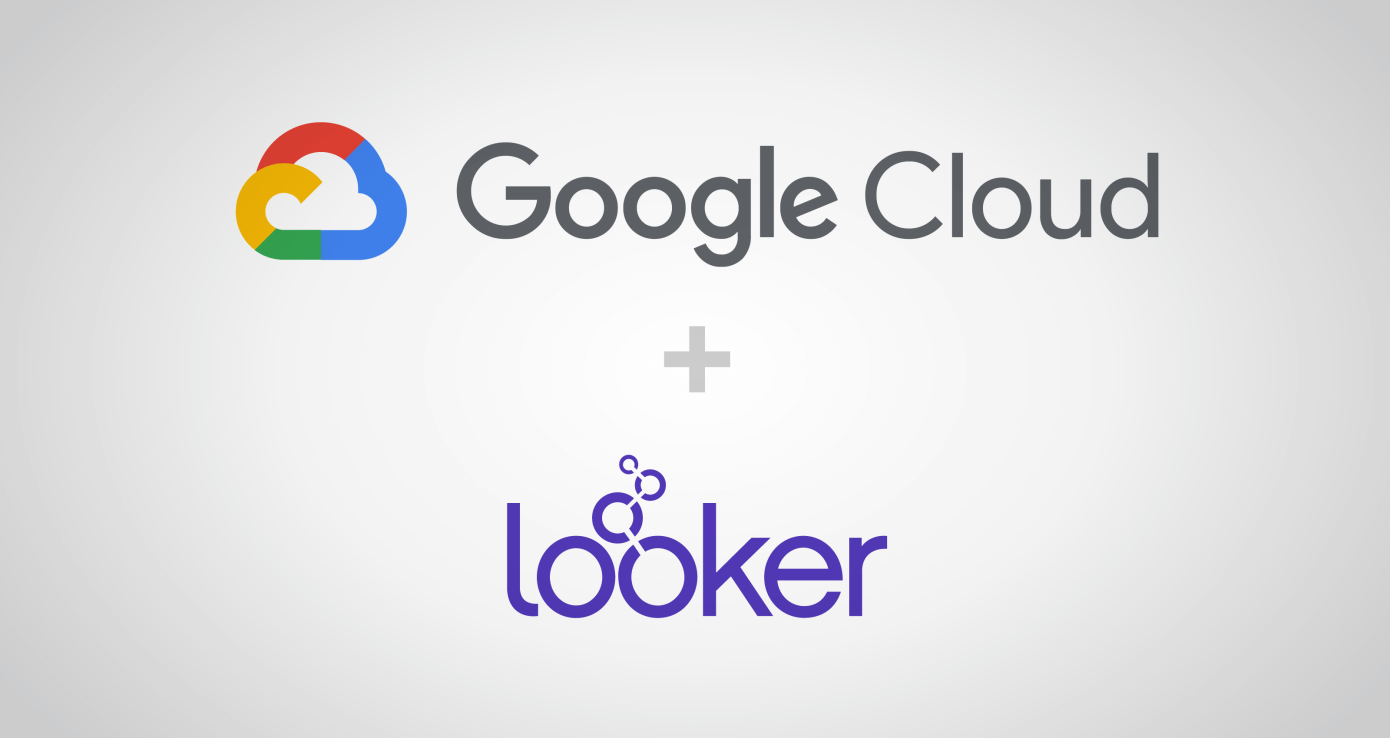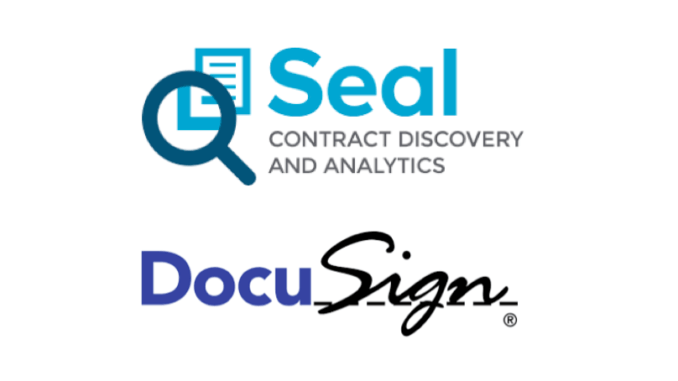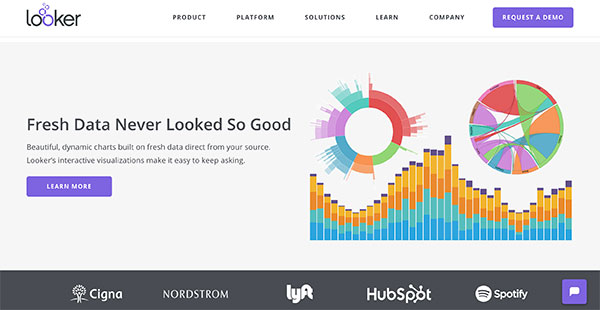Business intelligence is only as intelligent as the data that goes into it ... a nd only as smart as the people using the data.
As companies big and small take up the arms race that is big data, what’s getting lost in translation is the process -- and difference -- between gathering business intelligence and using data analytics to make real business decisions that have an impact.
If you are scrambling for a “BI” solution with hopes of solving your biggest problems with software alone, let me save you from wasting thousands of dollars sending your organization down the rabbit hole that is business intelligence.
Before you even think of what data analytics software you need, or what data you want, you need to understand the problem you want to solve.
Data Analytics And Business Intelligence Are Not The Same
If you are wondering what the difference between data analytics and business intelligence is, you are probably not alone.
Both terms are used interchangeably, with business intelligence being the generalized term that encompasses analytics, but there are distinctions.
The major difference between business intelligence and data analytics is that analytics is geared more toward future predictions and trends, while BI helps people make decisions based on past data.
The Uncommon Truth About Business Intelligence
You will never get the right answer without asking the right question.
No one would argue with that.
Unfortunately, with the rise of software tools touting business intelligence and automation, the new norm is thinking that having these tools will make or break your business.
Where most companies go wrong is attempting to adopt new technologies too fast across their entire organization without having a plan in place for how they’ll actually use the tools to solve a clearly defined problem.
Here’s why: We create 2.5 quintillion bytes of data daily, and that rate will only continue to accelerate. Incredibly, we generated 90% of the data in the world just within the past two years alone. The sheer volume of data being generated means that large organizations that are taking the first step toward adopting BI must first understand the problems they want to solve and create hypotheses on how BI will solve these problems.
It is the process -- or lack of -- that either builds or kills the value found in data analytics and business intelligence tools.
Why Data Analytics Is Not Enough
You cannot make smart decisions without the right information to act on. The right tool will help you illustrate data in a meaningful way, and then distribute this information to the right people at the right time -- this is what business intelligence is all about.
In order to get the most out of adopting data analytics and business intelligence software into your organization, the first thing you need is a clearly defined problem that can be solved with BI.
The smartest organizations focus on scaling business intelligence targeting one problem at a time. It’s much more efficient to rally your board, C-suite and IT department around a single problem that has a meaningful impact if solved.
You Need A Road Map
Whether you are starting from nothing, moving from spreadsheets or looking to uplevel the way your organization uses data, you need a plan of action.
Here is how to implement business intelligence into your business:
1. Decide on what problem(s) you want to solve. Start with a clearly defined problem with goals that are smart, measurable, actionable, realistic and timely.
2. Understand what stakeholders will be involved. Proper planning prevents poor performance. What information do they need? How they will use it? What data will provide this information?
3. Figure out what data you need and how you will get it. One hundred percent pure quality data is a bit unrealistic, but you need to have a data management practice in place to make this work. Good data in means good analytics out.
4. Decide how success is measured using KPIs. What gets measured gets managed. You need an objective way to gauge the effectiveness and success of your rollout. Establish key performance indicators with your team that everyone will rally behind.
5. Set up systems and processes that turn data into action. Automate reporting. Create systems and processes that automate the delivery of information to the right people at the right time, and set deadlines for acting on information.
Software comes last. Business intelligence is not solved with a software solution alone. You need organizational buy-in. You need clearly defined problems and a process for solving them. All the intelligence in the world will go nowhere if your organization isn’t structured to take action on the information you uncover.
Solve the people and culture challenge first, and business intelligence opens up a completely new way to streamline business processes, accelerate growth and uncover new opportunities.
This article first appeared on Forbes and was written by Christian Ofori-Boateng and can be found here.




































